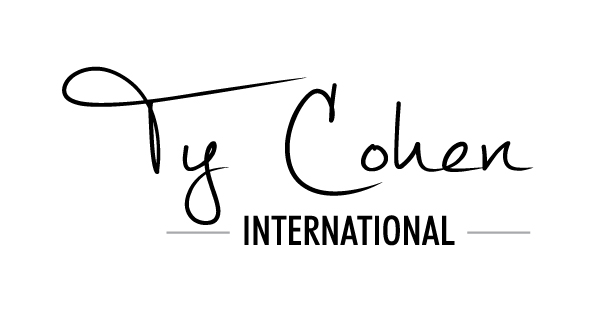blog, Recent Blog Posts Home
Audience Types To Help Steer Your PPC Campaigns
If you can define your target market on a granular level, you are likely to have more success with your PPC campaigns. Finding the right keywords and optimizing your campaigns is important, but with so much competition out there, the better you understand your audience, the easier it will be to create a campaign that makes them sit up and pay attention.
So before you start crafting the content or gathering imagery for your campaign, you should be asking yourself:
Who will actually be interested in this?
What type of qualities do these people share?
You need to collect data to really be able to answer this. This is challenging if you are just starting out, but as you become more experienced you’ll be able to gain insight into all sorts of interesting data from demographics to consumer behavior that will help you define your target audience more clearly.
Adding Google-defined audiences that you think are likely to display higher volumes of engagement to your observation list is very useful. You can then observe this list to help ascertain which groups within it feedback more positive results. Sometimes groups that you thought might not be especially engaged will surprise you, and this can help you to shape and define future campaigns more successfully.
So what are some of the audience types to consider?
Affinity Audience
An affinity audience is one who is already invested in and passionate about a particular topic. Google can observe the frequency with which a person searches and clicks on links and engages in content around any given topic. If you display this online behavior Google will define you as having a strong interest in that topic and therefore will be a promising target to display any ads around that topic too.
In some instances, you might find that Google doesn’t list your target affinity audience as an option. However, you have the possibility of creating these yourself using specified keywords and URLs – this is what is known as a Custom Affinity audience.
In-Market Audience
An in-market audience is defined as those who are actively searching for a product or service and have an intent to purchase. Google usually isolates this audience because of the use of particular buying-related terms such as ‘for sale’, or ‘buy online.’
Data will also be collected by Google from those who have been on a consumer journey – from doing initial research and comparisons to reading articles, Google can calculate whether an individual has an intent to buy. If they then go ahead and do so, they will be moved out of this audience type. They will also be removed if they don’t buy the product after a certain period of time. Targeting in-market audiences for your PPC campaigns means the success rate is likely to be high as the audience is already engaged and motivated to make a purchase.
Custom Intent
Custom intent observes the customer’s initial steps within the conversion cycle. If you are pretty certain that your target audience will conduct research prior to making a purchase, knowing this audience type is more useful. Advertising to them at the research stage can push them to buy from you. Building a customer intent audience means defining particular elements such as looking at particular search terms, identifying people who have browsed certain websites or visited particular places. Doing so will help create a very defined target audience.
Similar-To Audience
Finally, a similar-to audience is where you can select customers to target based on the similarities they have to your current audience. If you can define your typical customer as someone who has particular attributes i.e. “homeowner, parent, between 35-55 years old, loves books,” then you can create a list of users who would be considered similar to this profile. This is particularly helpful for businesses looking to expand their customer base.
The understanding of audience types plays a crucial part in any successful pay-per-click campaign. Using the best audience type(s) It can result in better sales and more repeat business.

